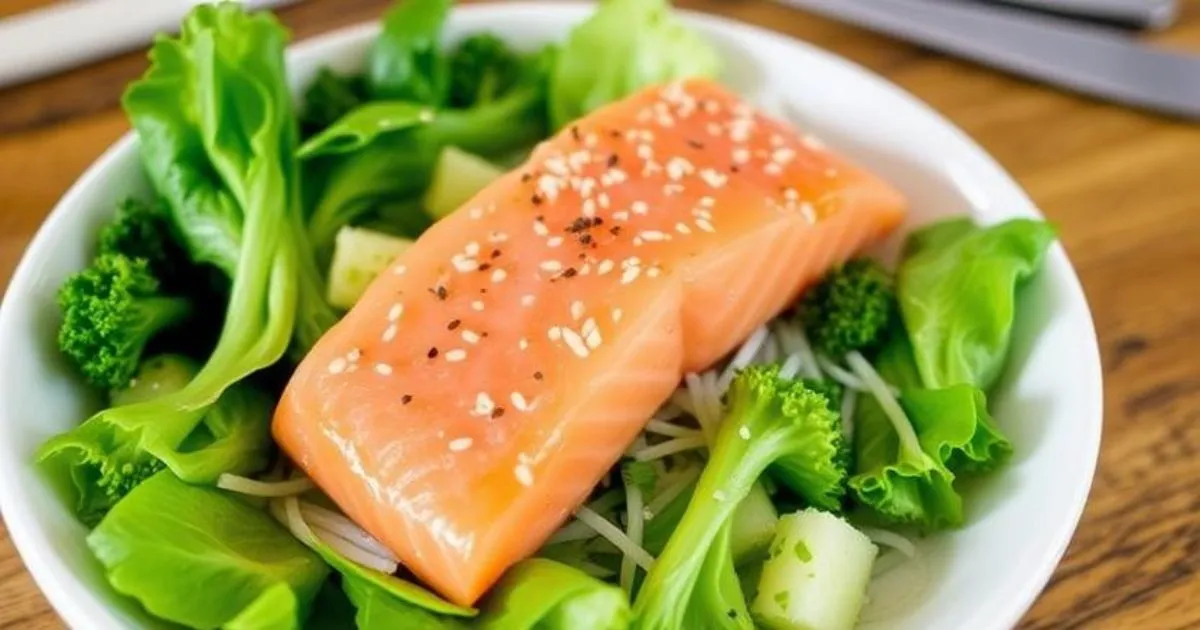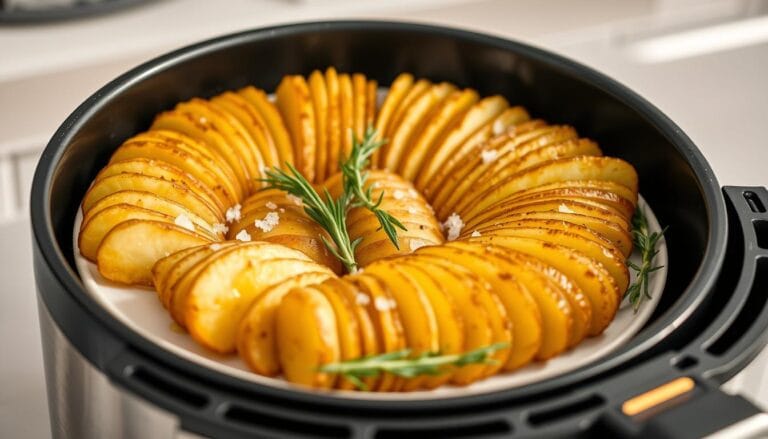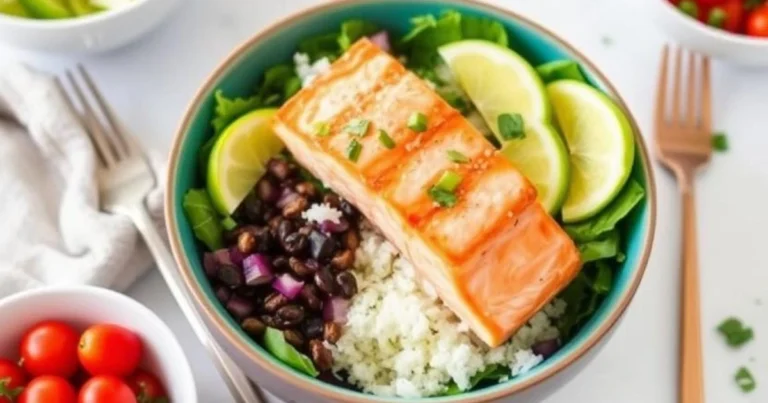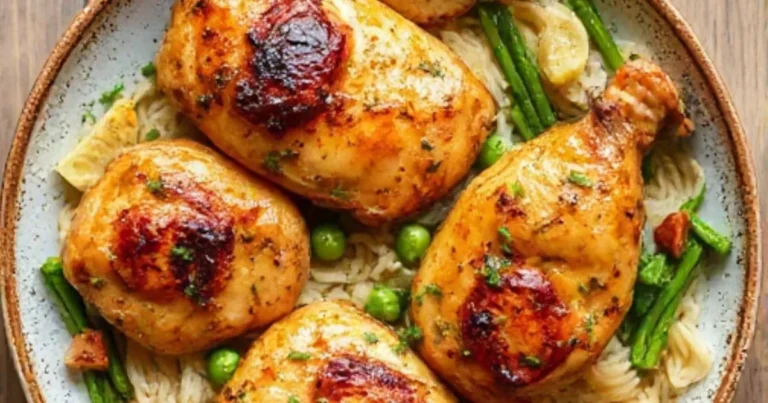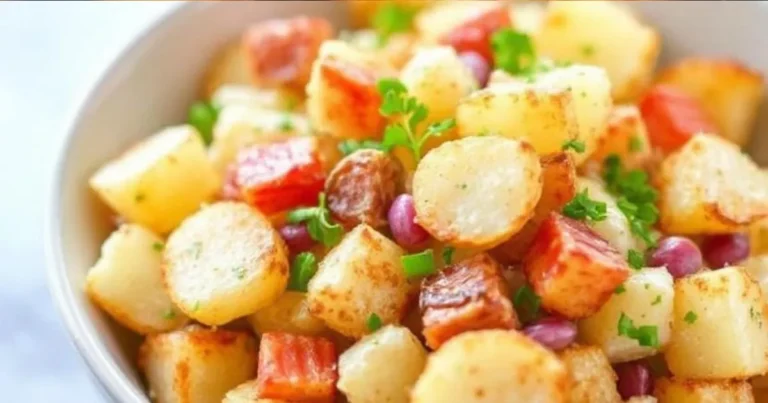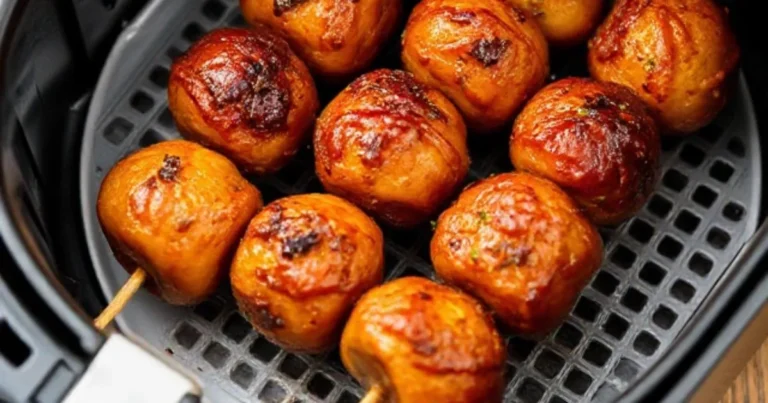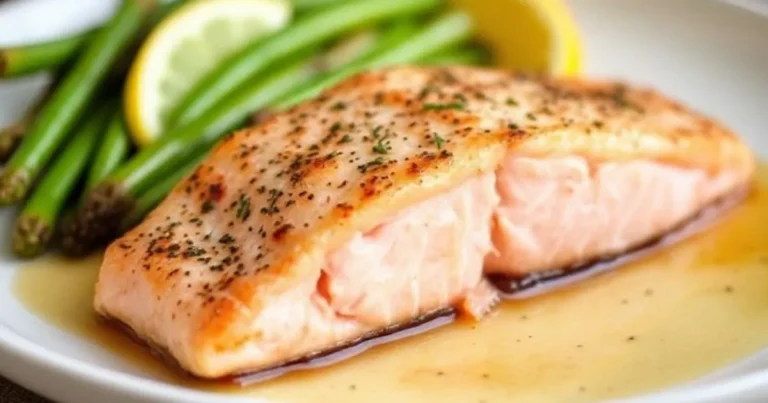How to Make Salmon Poke at Home
The first time I tasted a salmon poke bowl, it was like discovering a culinary treasure. It took me straight to the Hawaiian coastline. The vibrant colors, fresh ingredients, and explosive flavors made me realize making salmon poke at home could be an incredible adventure.
This salmon poke recipe is more than just a meal. It’s a gateway to exploring Hawaiian-inspired cuisine in your own kitchen. Whether you’re a seafood lover or just looking to try something new, making a homemade poke bowl is surprisingly simple and rewarding.
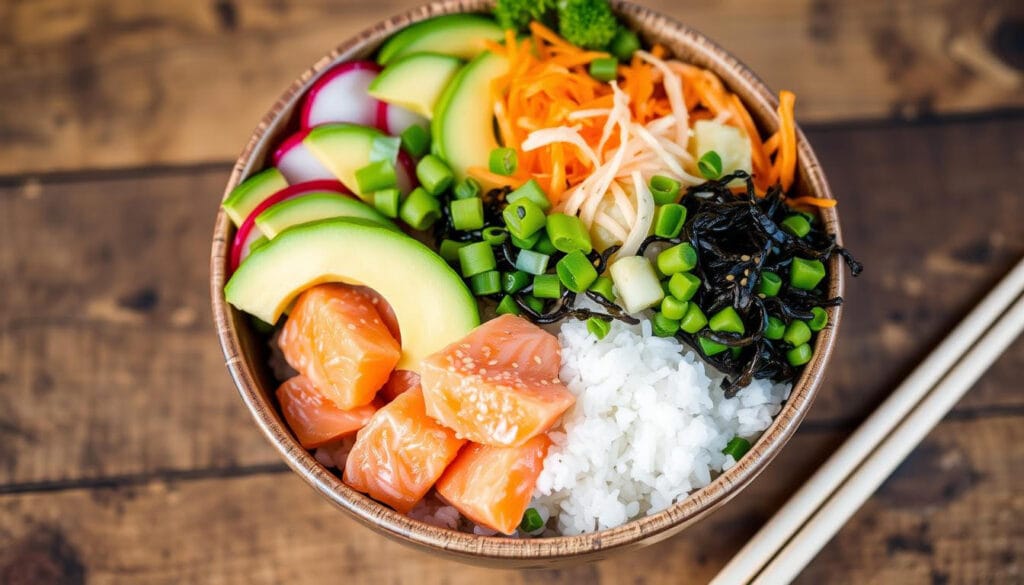
With just 30 minutes of preparation time and a handful of fresh ingredients, you can make a dish that’s both nutritious and delicious. The best part? You’ll save money by making your own poke bowl, spending under $3 compared to $15 at a restaurant.
Table of Contents
Understanding Salmon Poke and Its Origins
Hawaiian cuisine has given us a wonderful dish: the poke bowl. This raw fish salad has been around for centuries, loved by native Polynesians in Hawaii. The name “poke” means to slice or cut crosswise into pieces, adopted in the late 1900s.
Traditional Hawaiian Poke Roots
Traditionally, Hawaiian poke bowls used ahi tuna as the main protein. Fishermen would cut fresh catch into cubes and add local flavors. The dish was simple yet deep, showing off the raw fish’s pure taste.
- Originated with Polynesian fishermen
- Initially used fresh, local seafood
- Minimal seasoning to highlight fish quality
The Rise of Poke Bowls in Modern Cuisine
In recent years, the Hawaiian poke bowl has become a global hit. Restaurants in the U.S. and around the world now offer this dish. They’ve made it their own, adding new twists and flavors.
| Evolution Aspect | Details |
|---|---|
| Protein Variety | Expanded from tuna to salmon, snapper, octopus |
| Base Options | Rice, quinoa, mixed greens, zucchini noodles |
| Topping Diversity | Mango, edamame, pickled ginger, crispy onions |
Benefits of Making Poke at Home
Making your own poke bowl lets you pick the best ingredients and ensure freshness. You can also tailor the flavors to your liking. Plus, it’s a healthy meal full of omega-3s and proteins.
“Poke is not just a dish, it’s a celebration of fresh ingredients and cultural heritage.” – Hawaiian Culinary Tradition
Essential Ingredients for Authentic Salmon Poke
To make a real salmon poke, you need top-notch ingredients. The main attraction is the fresh sushi-grade salmon. It’s the heart of your dish.
Your poke marinade turns simple salmon into a tasty Hawaiian dish. Here’s what you’ll need:
- Sushi-grade salmon (1 lb, fresh and high-quality)
- High-quality soy sauce (¼ cup)
- Sesame oil (1 tablespoon)
- Rice vinegar (1 teaspoon)
- Sweet onion (¼, finely diced)
- Scallions (3, greens only, sliced)
- Sesame seeds (1 teaspoon)
When you’re cutting your raw fish, pick salmon labeled as sushi-grade. This ensures it’s safe and of the best quality. The right ingredients make your poke truly special.
*”The quality of your ingredients defines the soul of your poke bowl.”*
Pro tip: Buy salmon from a trusted fishmonger who knows sashimi-grade standards. Your salmon should be firm, bright, and smell like the ocean. These signs mean it’s fresh.
Selecting and Handling Sushi-Grade Salmon
When making salmon poke, picking the right fish is key. Sushi-grade salmon needs careful picking and handling. This ensures both safety and great taste for your ahi poke.
Choosing Quality Sushi-Grade Fish
Not all salmon is safe for eating raw. Look for “sushi-grade” or “sashimi-grade” labels. These labels mean the fish meets top quality standards for raw dishes.
- Purchase from reputable seafood markets
- Check for bright, vibrant color
- Ensure fresh, clean ocean smell
- Verify proper freezing processes
Storage and Thawing Techniques
Keeping salmon fresh is crucial. Store sushi-grade salmon frozen at -20°C (-4°F) for at least 7 days. This kills off any parasites.
| Storage Parameter | Recommended Specification |
|---|---|
| Storage Temperature | 40°F (4°C) or below |
| Consumption Window | 1-2 days after defrosting |
| Thawing Location | Refrigerator |
Food Safety Guidelines
Use separate cutting boards and utensils to avoid contamination. Always wash your hands before and after touching raw fish. Keep your workspace clean when making ahi poke to stay safe.
“Quality and safety are the foundation of every great salmon poke dish.” – Culinary Expert
By sticking to these tips, you’ll make a tasty and safe salmon poke. It will be as good as what you find in restaurants.
How to Make Salmon Poke
Making salmon poke at home is easy. This dish from Hawaii is full of fresh flavors and takes little time to prepare.
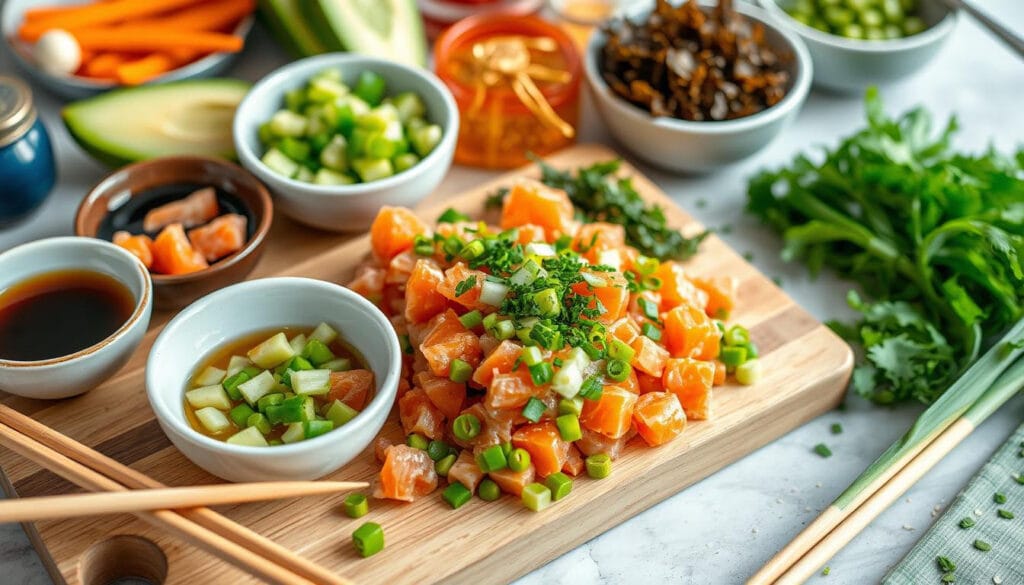
- Choose high-quality sushi-grade salmon (about 10 oz)
- Cut the salmon into 1.5 cm x 1.5 cm pieces
- Make your marinade carefully
- Marinate for a short time
Start with the right ingredients. Fresh, sushi-grade salmon is key. Cut the fish into small, even pieces for the best flavor.
“The secret to great poke is fresh fish and balanced flavors” – Hawaiian Culinary Tradition
Here’s how to make salmon poke that will wow your guests:
- Prep time: 40 minutes
- Total cooking time: 40 minutes
- Servings: 2 people
- Recommended weekly preparation: Once
For the marinade, mix these ingredients:
| Ingredient | Quantity |
|---|---|
| Soy Sauce | 4 tablespoons |
| Sesame Oil | 1 teaspoon |
| Rice Vinegar | 1/2 tablespoon |
| Minced Garlic | 1 teaspoon |
Tip for your salmon poke: Marinate the fish while you get ready, about 15-20 minutes. This lets the flavors meld without losing the salmon’s softness.
Creating the Perfect Poke Marinade
Making a real Hawaiian poke bowl begins with the poke marinade. This marinade turns fresh salmon into a tasty dish full of flavor and Hawaiian spirit.
Traditional Sauce Components
The key to a great poke marinade is a few essential ingredients:
- 2 tablespoons soy sauce
- 1 teaspoon sesame oil
- ½ tablespoon rice vinegar
- 1 tablespoon thinly sliced green onions
- 1 teaspoon sesame seeds
Flavor Enhancement Options
Boost your poke marinade with extra ingredients that match the salmon’s taste. Try these:
- 1.5 teaspoons sriracha for heat
- Minced fresh ginger
- Crushed garlic
- Chili flakes
Marination Timing Tips
Marinating salmon is all about timing. Experts say to marinate for no longer than 1 hour. This keeps the fish fresh and its texture intact.
“The secret to a perfect Hawaiian poke bowl is balance – in flavor and in marination time.” – Hawaiian Culinary Tradition
When making your poke marinade, remember each ingredient is important. They all work together to create a balanced, tasty Hawaiian poke bowl.
Building Your Poke Bowl Base
Starting a Hawaiian poke bowl is all about the base. It’s the foundation for a tasty and healthy meal. It turns simple ingredients into a work of art.
White sushi rice is the classic choice for Hawaiian poke bowls. But, there are other options for those who prefer something different. Here are some bases for your poke tuna salad or salmon poke:
- Classic Sushi Rice: Traditional and authentic choice
- Brown Rice: Whole grain with added nutritional benefits
- Quinoa: Protein-packed and gluten-free alternative
- Cauliflower Rice: Low-carb option for keto enthusiasts
- Mixed Greens: Fresh and light base for those avoiding grains
When making your base, think about texture and temperature. Cool rice or grains are perfect for chilled poke. They make for a great eating experience.
| Base Option | Preparation Time | Calories per Cup |
|---|---|---|
| Sushi Rice | 20-25 minutes | 240 |
| Brown Rice | 40-45 minutes | 216 |
| Quinoa | 15-20 minutes | 222 |
| Cauliflower Rice | 10 minutes | 25 |
Pro tip: Season your base with a light vinegar mixture or furikake seasoning. It will make your Hawaiian poke bowl taste even better.
“The foundation of a great poke bowl is as important as the fish itself” – Hawaiian Culinary Tradition
Fresh Toppings and Garnish Options
Creating the perfect raw fish salad is more than just salmon. The right toppings can make your ahi poke amazing. They add flavor, texture, and nutrition.
Traditional Hawaiian Toppings
Hawaiian poke bowls have classic garnishes that add authenticity. These toppings include:
- Seaweed (wakame)
- Green onions
- Sesame seeds
- Fresh sliced cucumber
Modern Fusion Additions
Modern poke bowls use creative ingredients for new flavors. Try these modern additions:
- Edamame
- Avocado slices
- Pickled radish
- Crispy wontons
Texture Enhancement Elements
Texture makes your raw fish salad exciting. Crunchy elements can make your ahi poke better:
- Furikake seasoning
- Crispy onions
- Toasted macadamia nuts
- Puffed rice
When picking toppings, aim for balance. You want flavors, colors, and textures that look good and taste great. Your goal is to make a poke bowl that’s both traditional and modern.
Storage and Food Safety Tips
When making salmon poke with diced raw fish, food safety is key. Your homemade poke needs careful handling for a safe and tasty meal. The FDA suggests freezing fish at -4°F (-20°C) for 7 days to kill parasites.
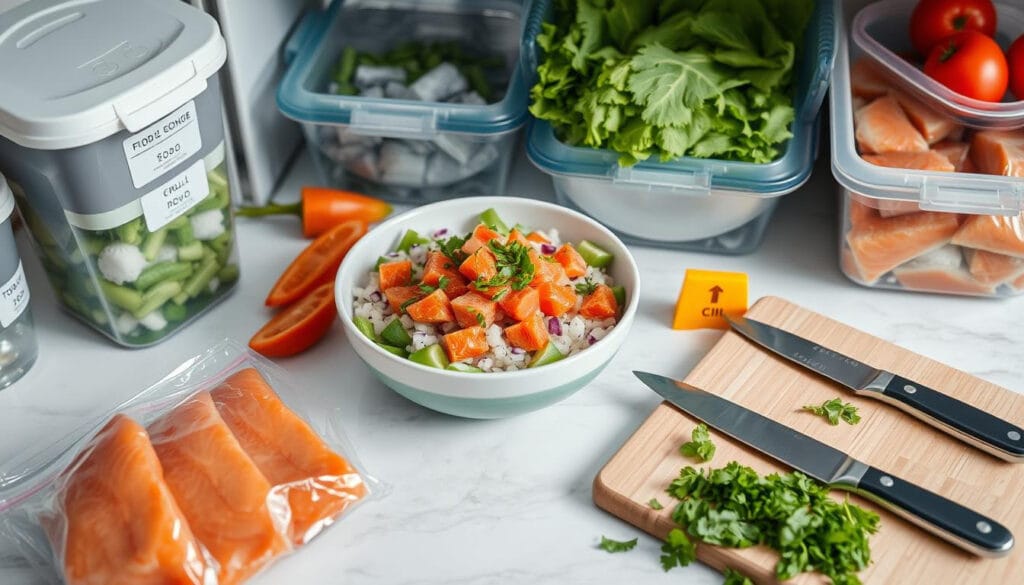
- Refrigerate immediately after preparation
- Store at 40°F (4°C) or below
- Consume within 1-2 days for optimal freshness
- Keep ingredients separate to maintain quality
Refrigeration is crucial when handling diced raw fish. Fresh salmon’s quality drops by 20% in two days. Chefs say to eat poke right away for the best flavor and texture.
“Fresh ingredients and proper storage are the secrets to exceptional poke” – Seafood Experts
Use clean, sealed containers for safe transport and storage. If making poke ahead, keep marinades and toppings separate until serving. This keeps your ingredients fresh and prevents soggy rice or veggies.
Conclusion
Making the perfect salmon poke recipe at home is more than cooking—it’s a fun adventure. It mixes health, taste, and creativity. The Hawaiian poke bowl trend has made home cooking exciting. It lets you enjoy fresh, healthy seafood easily and with great satisfaction.
Your homemade salmon poke bowl lets you pick the best ingredients and flavors. You can make a dish as good as a restaurant’s, right in your kitchen. Just choose sashimi-grade Ora King Salmon and learn how to marinate right. This way, you get a meal full of protein, omega-3s, and important nutrients.
Try out different veggies, marinades, and rice types to explore new flavors. Each poke bowl shows off your taste, whether it’s traditional Hawaiian or a modern twist. Always serve your salmon poke bowl fresh to keep its great taste and texture.
We encourage you to start this tasty journey, share your creations, and enjoy the health perks of making your own Hawaiian poke bowl. Your kitchen is your canvas, and salmon poke is your delicious masterpiece.
FAQ
What is the difference between traditional Hawaiian poke and modern poke bowls?
Traditional Hawaiian poke was simple. It had cubed raw fish, sea salt, seaweed, and local ingredients. Now, poke bowls have more bases like rice or greens. They also have many toppings and flavors from different cuisines, but still use raw fish.
Is it safe to make poke at home with raw fish?
Yes, making poke at home is safe. Use sushi-grade salmon from a trusted source. Make sure the fish is labeled for raw use. Keep it cold and follow food safety rules.
How long can I store prepared salmon poke?
Eat your salmon poke within 1-2 days for the best taste and safety. Store it in a sealed container in the fridge. Keep the fish cold and separate the marinade and toppings.
What makes a great poke marinade?
A good marinade has salty, sweet, and umami flavors. Use soy sauce, sesame oil, rice vinegar, and green onions. You can also add ginger or garlic for extra taste.
Can I use frozen salmon for poke?
Frozen salmon works, but it must be sushi-grade and frozen right. Thaw it in the fridge and use it right away for the best taste and safety.
What are some popular poke bowl toppings?
Toppings like avocado, cucumber, edamame, and seaweed are favorites. Also, pickled onions, sesame seeds, furikake, and sriracha add flavor and texture.
Is poke only made with salmon?
No, poke can be made with tuna, yellowtail, octopus, and tofu for vegetarians. The key is using fresh, quality ingredients.
How can I make my poke bowl healthier?
For a healthier poke bowl, use brown rice or greens as the base. Add lots of veggies and choose lean fish. Use less salt in the marinade and pick low-calorie dressings.

